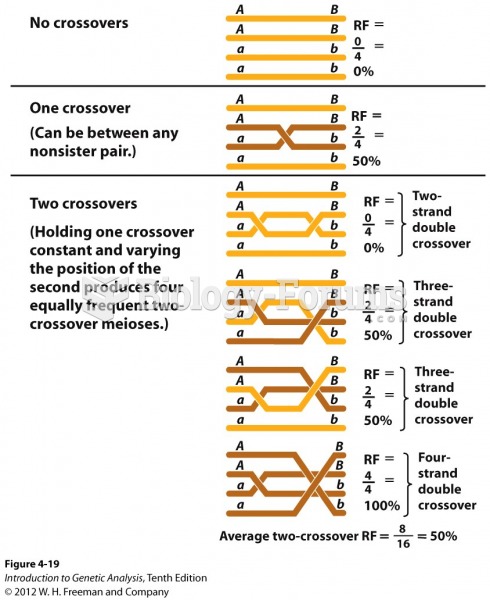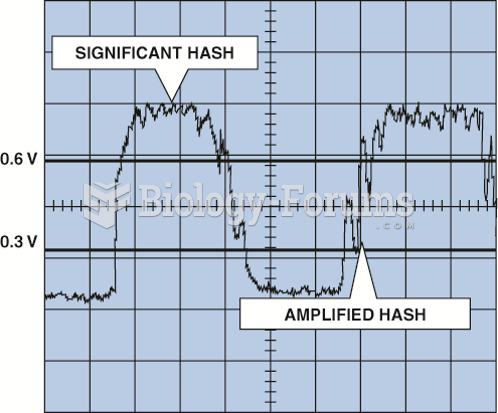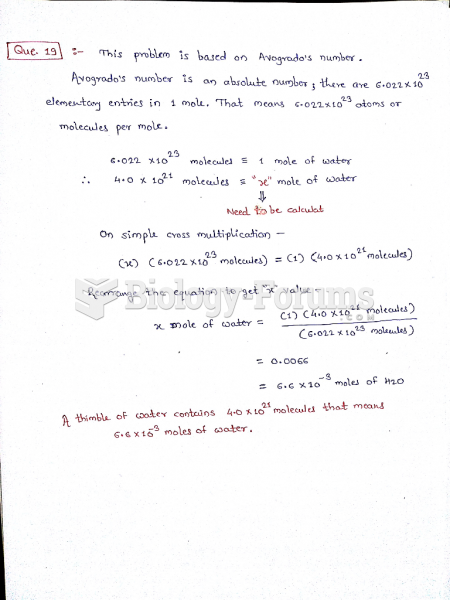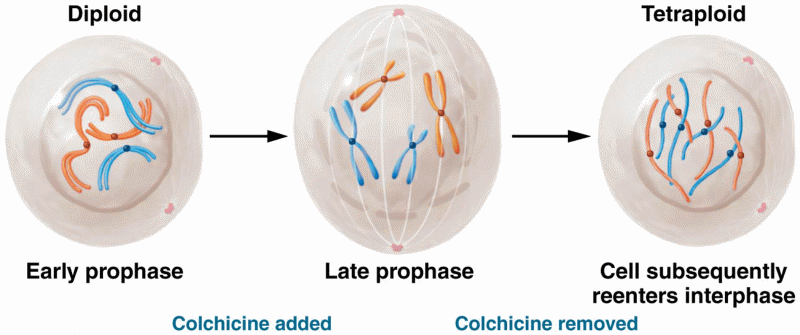Answer to Question 1
ANS: D
The review of literature section will include a description of the current knowledge of a practice problem, the gaps in this knowledge base, and the contribution of the present study to the development of knowledge in this area.
Taken alone, the number of references does not indicate anything about a study.
The review of literature section will include a description of the current knowledge of a practice problem, the gaps in this knowledge base, and the contribution of the present study to the development of knowledge in this area.
Determining the value is subjective and a critique offers one person's opinion of a study. The review of literature section will include a description of the current knowledge of a practice problem, the gaps in this knowledge base, and the contribution of the present study to the development of knowledge in this area.
Knowing where previous studies were conducted does not have a bearing on the study's value. The review of literature section will include a description of the current knowledge of a practice problem, the gaps in this knowledge base, and the contribution of the present study to the development of knowledge in this area.
Answer to Question 2
ANS: D
Research reports detailing study events including results and analysis of findings included in refereed professional journals are considered one of the most credible types of evidence and are typically considered one of the most useful sources for researchers as they conduct a literature review for a current study. Articles found in refereed journals have been evaluated in an anonymous process by unbiased reviewers and received favorable review, not only for the integrity of the research itself, but the topic of interest deemed significant to the profession.
Articles found in non-refereed journals have not been reviewed by peer researchers or clinicians for their worthiness and accuracy. These articles have limited usefulness to researchers as they conduct a literature review.
Expert opinion articles may not contain sufficient information of pertinent research or theoretical findings and have limited usefulness to researchers conducting a review of literature.
Articles discussing the latest research findings in lay journals may not contain sufficient detail for the researcher to include in a review of the literature.







